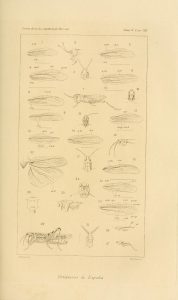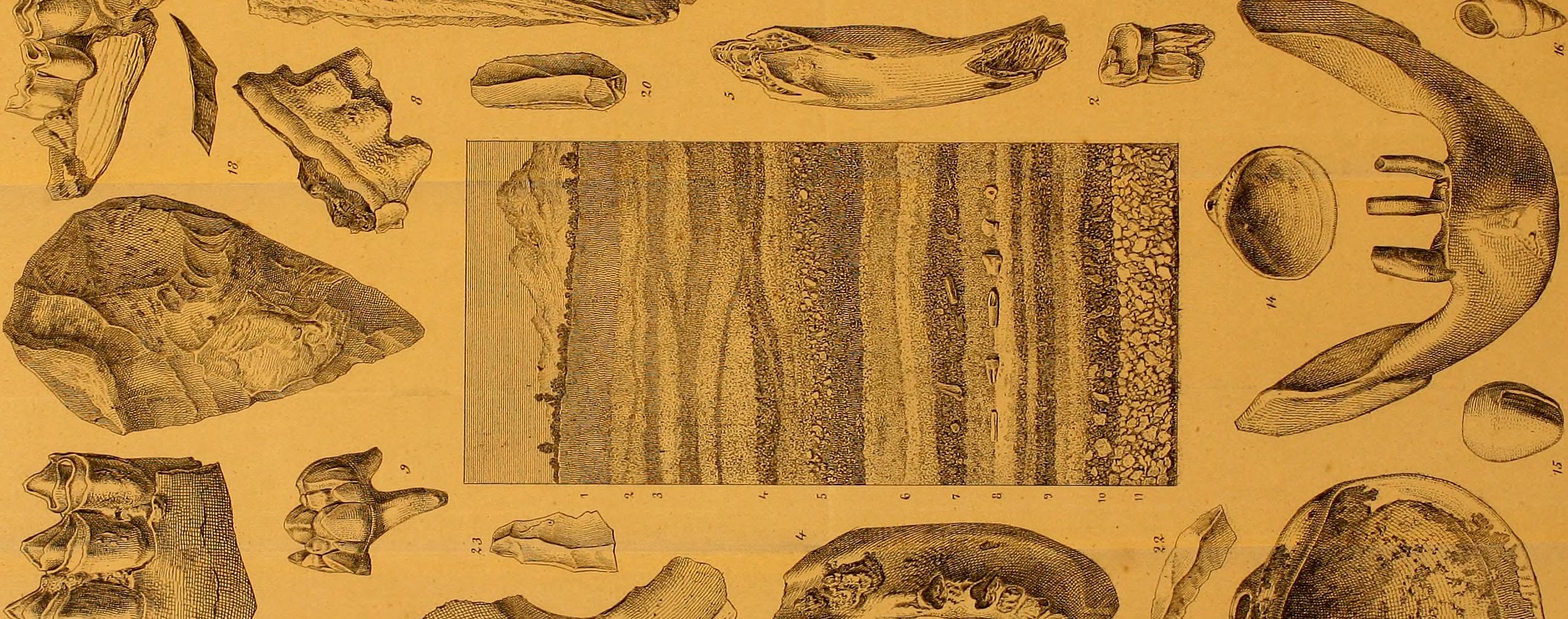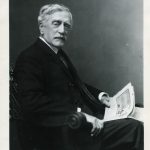Source:The Conversation
This 15 March marks the 150th anniversary of the formation of the Spanish Society of Natural History (SEHN), which, by Royal Decree of 3 July 1903, was conferred the title of “Royal” (RSEHN). It is the oldest private scientific society in Spain.
It was founded with the aim of studying nature, while at the same time disseminating its research in its own publication (Anales, yearly records). Throughout its century and a half of existence, it has gone through periods of greater and lesser relevance, but it has always maintained an important publishing activity that has allowed it to exchange its publications with naturalist institutions all over the world. Its library, and more especially its periodicals library, is the most complete in terms of scientific-natural journals in Spain.
Fourteen naturalists signed the notice presenting the Society on 15 March 1871. Among them were the Zoologist Laureano Pérez Arcas – the true promoter – the Botanist Miguel Colmeiro, the Geologist Juan Vilanova y Piera and a very young Ignacio Bolívar, who would become the Society’s driving force par excellence, over the years.
From the end of 1872, and for thirteen years, it held its monthly sessions at the Academy of Medicine. At the time, such topical issues as Darwinism and the authenticity and dating of the paintings in the cave of Altamira were present at many of its meetings. At the same time, the Annals of the Spanish Society of Natural History began to be appreciated all over the world.
Not only Naturalists, but also Pharmacists, Engineers, and Doctors were associated with the Society. Among the latter was Santiago Ramón y Cajal. The Histologist, who was admitted in 1892, began publishing in the Annals that same year, fourteen years before winning the Nobel Prize.
Other Nobel laureates such as Severo Ochoa, the Russian Ivan Petrovich Pavlov, the American Thomas Hunt Morgan, and the German Adolf Butenandt also belonged to the Society.
However, entomology has been the most cultivated discipline throughout its history. Among its most prolific scholars are Bolívar (Orthoptera), Manuel Martínez de la Escalera (Coleoptera) and Ricardo García Mercet (Hymenoptera) among the Spaniards; and the Frenchman Eugène Simon among the foreigners.

Orthoptera of Spain, by Bolívar y Martínez. Annals of the Spanish Society of Natural History, Volume 5, 1872.
The Society explores Africa
At the beginning of the 20th century, the Society gave a strong impetus to the natural exploration of Africa. In 1905, the Permanent Commission for the Exploration of Northwest Africa was set up within the Society. This, with the help of the State, carried out various campaigns in which different specialists studied these territories at different times.
The scientific results took up hundreds of pages in the Society’s publications and other journals. The Society even published the book “Yebala y el bajo Lucus” (1914), which recounts the expedition undertaken by several members to the Western Morocco in 1913. These expeditions also provided the National Museum of Natural Sciences with numerous specimens and valuable collections.
The activity of the Society, which during the first third of the 20th century expanded its publishing activities with the “Boletín”, “Memorias”, “Conferencias y Reseñas Científicas”, and “Revista Española de Biología”, was greatly affected after the Civil War. Many of its most prominent members, with Ignacio Bolívar at its head, went into exile. As the Society had been based at the National Museum of Natural Sciences since 1885, it was the members who coincided at the Museum who reactivated its activity. The “Boletín” reappeared, at that time under the auspices of the Consejo Superior de Investigaciones Científicas (Higher Council for Scientific Research). Disciplines such as cytology, protozoology, genetics, and epidemiology achieved a greater presence in its pages.
In the year of the Centenary, 1971, in addition to holding commemorative events, steps were taken to move the Royal Spanish Society of Natural History to the Faculty of Science of the Complutense University of Madrid. First, the headquarters were moved, and later the library. Despite an initial increase in the number of attendees at the monthly sessions, in 1978 the centenary monthly meeting came to an end. However, the biennial scientific meetings began to be held, which was considered the most appropriate model for members to meet and present their scientific work.
At present, the Royal Spanish Society of Natural History does not receive from the State, the subsidies that at other times allowed it to carry out great scientific explorations and maintain several publications. And it does not influence the Administration as it did in the past. However, it continues to publish the “Boletín”, which began in 1901, and the journal “Aula, Museo y Colecciones de Ciencias Naturales”.
To commemorate the sesquicentennial it is preparing two exhibitions: “The Royal Spanish Society of Natural History: 150 years making history” to be held at the National Museum of Natural Sciences, from May to August, and “The Royal Spanish Society of Natural History. 150 years of the Library (1871-2021)” at the Marqués de Valdecilla Historical Library, from October 2021 to February 2022.
Share this article
On This Day
- 1528 Prince Felipe is sworn as heir to the Spanish kingdoms in Madrid.
- 1593 The city of San Salvador de Jujuy (Argentina) is founded by Francisco Argañaraz y Murguía.
- 1776 Battle of Lexington and Concord (United States).
History of Spain
26 August 2020
27 January 2021
Communism: Now and Then
23 December 2022
28 July 2021








